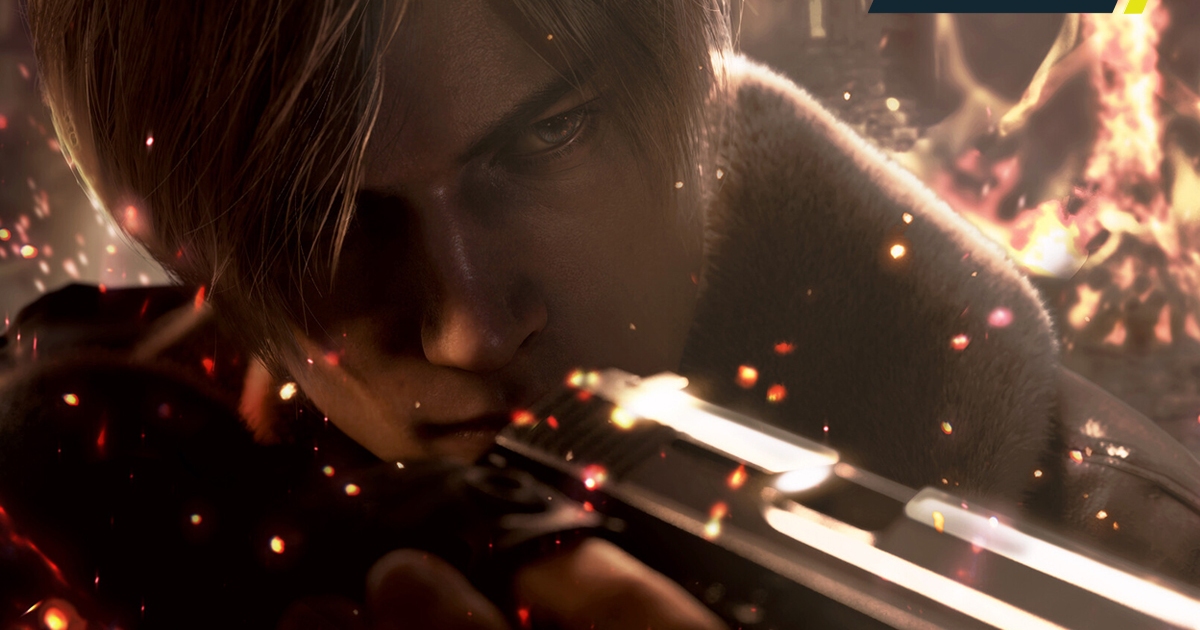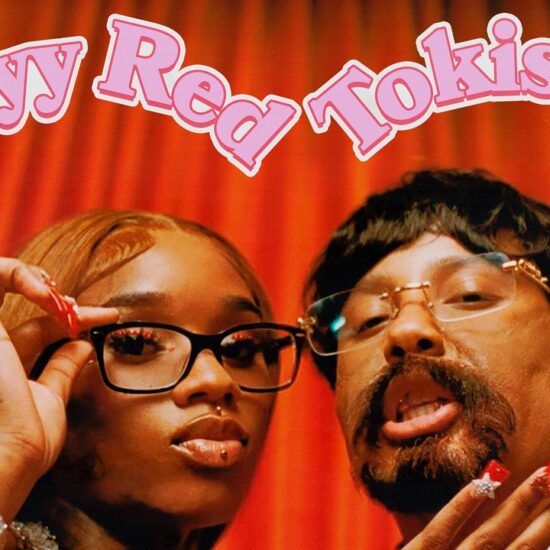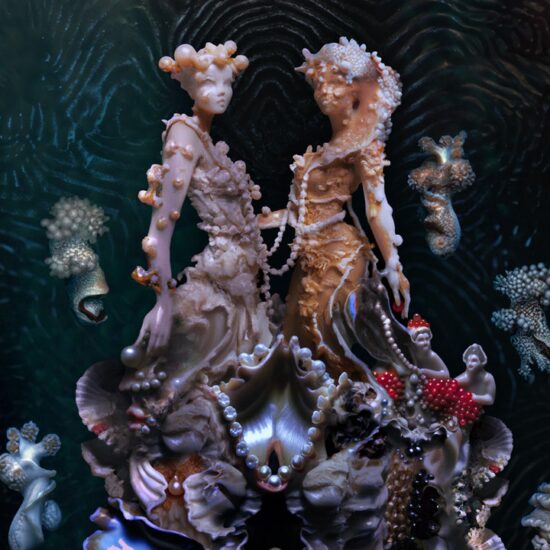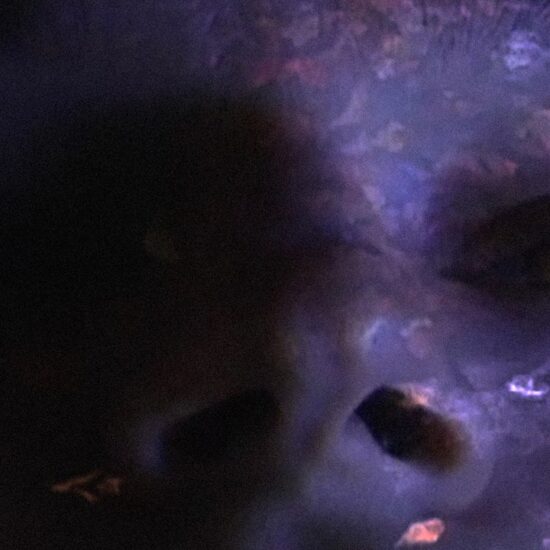
Resident Evil and Resident Evil 2 were from another time. Resident Evil 3 was anemic and disappointing yet deserving of a second chance. But Resident Evil 4 is the classic that reinvented a whole genre and revitalized a series with a gameplay loop so endlessly rewarding that it still warrants a replay every few years even almost two decades later. Those first three made cases for their remakes — ones rooted in their age — but Resident Evil 4 can’t claim to be geriatric when it still suplexes most of its competition into submission. The Resident Evil 4 remake, however, is a carefully considered reimagining that more than justifies its existence by keeping the skeleton of the original and thoughtfully improving it without sacrificing the brilliant Las Plagas-ridden heart at the center of it.
Resident Evil 4’s combat is one of its more persistent legacies and makes for an effective example of the type of smart changes Capcom has broadly made with this remake. The original revolutionized the series’ style of horror by injecting more adrenaline into the mix, which maintained the signature amount of tension but dialed up the action and pacing of it. Enemy and resource management were still crucial in Resident Evil 4, however, players just had to make decisions even faster and with more skill to overcome the stronger and greater hordes of foes.
The remake still has that general flow of hurriedly managing an incoming mob and that thrill can’t be understated. Fights are always frenetic, nail-biting affairs that test the player’s instinct and reaction times in the midst of all-encompassing chaos. Ever-present chaos comes from the resources that corpses drop dynamically, what Las Plagas forms pop out, what ammo is in stock, the enemy types that spawn in, and what parts of the arena the player gets funneled to. With a wide variety of foes, a constant supply of unique scenarios, and extensive weapon upgrade trees, encounters never lose their edge because there are so many different variables at play that delightfully balance player choice and the unpredictable bedlam that keeps it engaging. It’s an array of systems that are remarkable on their own and transcend when put together.
Translating that from the original is no small task, yet Capcom was also able to go above and beyond by adding to that loop in this remake. The quick select feature — which has been a series staple since Resident Evil 5 — finally takes out the annoying menu-based weapon switching from the original. It’s not always as instantaneous as it should be since there is some animation prioritization, but it’s substantially less jarring than slowly pausing the game to whip out the shotgun. Being able to simultaneously move and shoot also makes Resident Evil 4 more fluid and hasn’t sucked out the suspense since it has only allowed for more frantic maneuvering and close shaves.
The new parry also helps with these close shaves, as Leon can counter almost any melee attack. While it initially seems limiting to tie parrying to the knife’s durability, it’s a wonderfully nuanced system that works in tandem with its aggressive nature while also yielding a more mechanically rewarding defensive option. Poorly executing a parry will still stop the attack (except on Professional), but perfectly timing it will stun the enemy and open them up for a swift boot to the face. There’s unfortunately no way to parry grabs and some foes are extremely handsy, but being able to do a quick counter stab to break free at the cost of a lot of durability is a decent compromise. It’s yet another skill-based option that naturally fits into Resident Evil 4’s intricately interwoven systems.

And while those combat changes accentuate what makes Resident Evil 4 Resident Evil 4, some of the other tweaks evoke other aspects of the series’ DNA. Despite some annoying exceptions that unexpectedly tie off earlier areas, it’s much more open than the original and has locked boxes and side missions that encourage players to backtrack and splinter from the main path.
As shown in the Dead Space remake, these additions reward those who want to explore with valuable resources, some unexpectedly challenging fights, and a more intimate sense of place. Passing through areas multiple times adds a feeling of familiarity that some of the best video game hubs have, like Resident Evil 2’s Raccoon Police Station and the USG Ishimura from the aforementioned Dead Space remake. Redesigned levels that neatly loop in on each other and the lack of loading screens also make backtracking a painless exercise. Combined with its more intuitive puzzles and new open-ended treasure combining mechanic, Resident Evil 4 is much closer to previous Resident Evil games while not forsaking its own identity as the action-oriented entry.

It’s an exceptional balancing act that also extends to the series’ horror roots, as the radical jump in technology allows it to use darkness to create eerier scenarios. Ashley’s reworked section benefits greatly from this visual makeover since Capcom uses this to create an anxiety-inducing key hunt with a unique mechanic at its center, one that takes full advantage of the enhanced lighting. By overhauling the entire segment and doubling down on horror, playing as Ashley is no longer a tedious diversion from the main star and is instead a stressful and welcome change of pace.
Capcom again heightens the horror elements with its Regeneradores by bathing the island lab they call home in faint, flickering lights and crafting intricate scenarios that test the player’s ability to act under pressure while shrouded in darkness. Figuring out where to go and having to snipe tiny Las Plagas parasites on a moving target with such narrow room for error is the type of intensity that succinctly sums up the game’s best features. While their unsettling elongated arms, red eyes, and ominous asthmatic wheezes were creepy in the original, they are downright terrifying in the remake because of how it is built to better highlight those frightening features.

This portion of the game is a triumph not only for its clever design but also because of how it diverts from the presumed path. Subverting expectations works wonderfully in the context of horror and why its scarier parts are so effective, but it’s also what keeps the game interesting as a whole.
Capcom has analyzed seemingly every inch of the original and come up with ways to bring out a section’s particular tone or implement wholly new ideas. Iconic enemy encounters have been astutely remixed, action set pieces are bigger and more bombastic, some sections have been slotted elsewhere, old enemies have new functions, its boss fights (which benefit greatly from the gameplay upgrades) have been streamlined across the board, and some filler stretches have been given compelling new mechanics or twists.

Even the story is significantly more coherent since the team added context and connective tissue that better links it all together. Ashley and Luis have gotten the most improvements, as they’re no longer grating dweebs, but capable characters with actual arcs and much more agency. Leon also has more emotional range and thankfully doesn’t just treat Ashley with contempt, yet he still retains his signature one-liners and acrobatic skills that are among his best. Ada, on the other hand, gives a surprisingly lifeless performance with stiff line reads that aim for effortlessly cool, but just come off as effortless. It’s confusing why Capcom brought back Ada’s actor from the maligned Resident Evil: Welcome to Raccoon City when the character was portrayed so well in the sublime Resident Evil 2 remake.
Aside from Ada’s inferior voice, just about every other adjustment in the Resident Evil 4 remake is a remarkable achievement that makes one of the best games of all time even better. It’s not even just about the quality of these changes, but also how many there are over the course of its beefy 20-hour campaign. Capcom fundamentally understood why Resident Evil 4 is a classic and used that knowledge to develop a scarier and more action-packed version of the game that also honors the puzzle-oriented nature of the other installments. The harmonious fusion of these pieces has made it the ultimate Resident Evil game, a top-tier remake, and an overall masterpiece.
SCORE: 10/10
As ComingSoon’s review policy explains, a score of 10 equates to “Masterpiece.” This is the rare release that transcends genre and must be experienced by all fans of the medium.
Disclosure: The publisher provided a PlayStation 5 copy for our Resident Evil 4 remake review. Reviewed on version 1.002.000.















